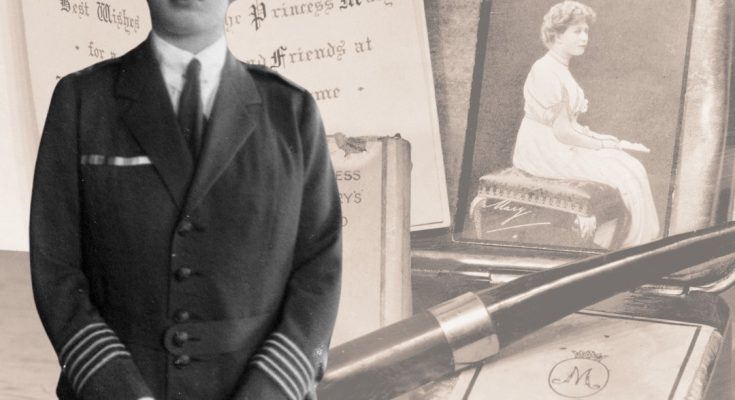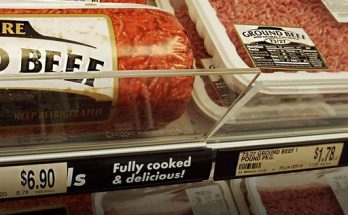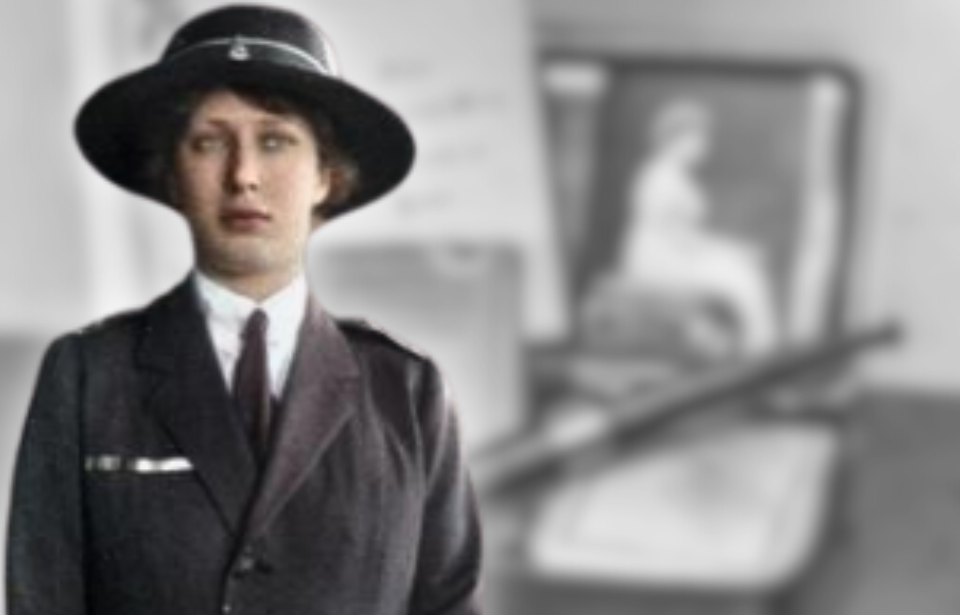
During World War I, then-17-year-old Princess Mary began a mission to bring a glimmer of hope and joy to those fighting on the Western Front. Her endeavor, the Princess Mary Gift Fund, aimed to ensure every soldier, sailor and airman got a Christmas gift during the festive season. This initiative wasn’t just about gifts; it was an attempt to knit the country together in support of those risking their lives at war.
The presents were given in brass boxes adorned with an engraving of Mary and other insignias, and they held personalized items for the recipient. However, their significance extended beyond their contents; cherished by those who received them, these boxes held other belongings, ensuring their safety and preservation on the battlefield.
Crowdfunding the project
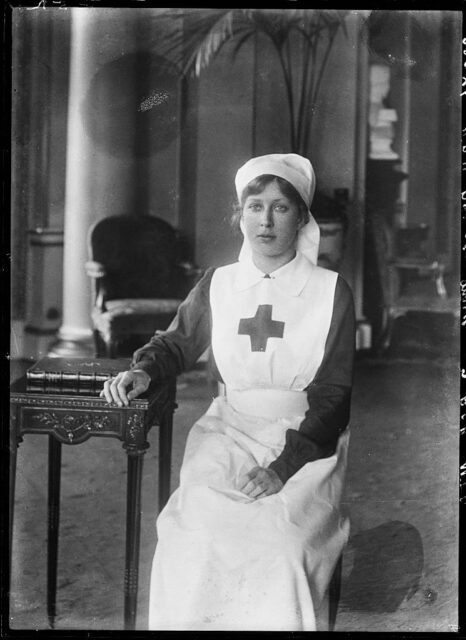
Princess Mary’s initial plan was to use her private allowance to fund the gifts, but this quickly proved inadequate for the scale of her vision. She subsequently turned to the public for support and issued a personal appeal – and the response was overwhelming.
Contributions poured in from all over Britain. Before long, Mary had raised a staggering £162,591 12s 5d. This monumental total not only funded the gifts, but also allowed surplus funds to be donated to Queen Mary’s Maternity Home.
What did the boxes contain?
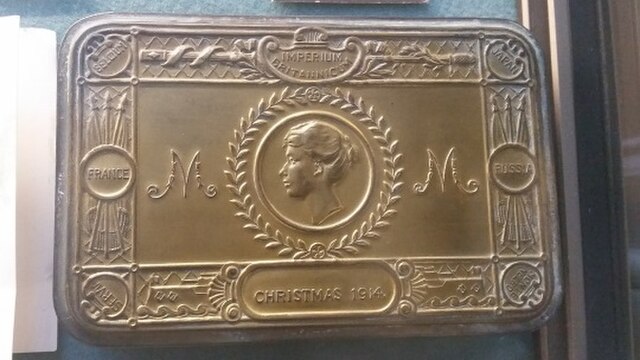
The gifts, carefully encased in brass boxes embossed with Princess Mary’s image and monogram, were more than mere presents. Their contents varied, depending on the recipient’s role and preferences, with special considerations for smokers, non-smokers, nurses, and even religious and ethnic minority groups serving in the war. From tobacco and cigarettes, to writing sets and sugar candy, each item was chosen with thought and care, ensuring everyone felt remembered and valued.
There were also items that were packaged in every box, regardless of who the recipient was. These included Christmas and New Year’s cards, as well as a photo of Mary. By the end of the First World War, an estimated 2.6 million had been issued to those on the frontlines.
Brass was hard to come by during World War I
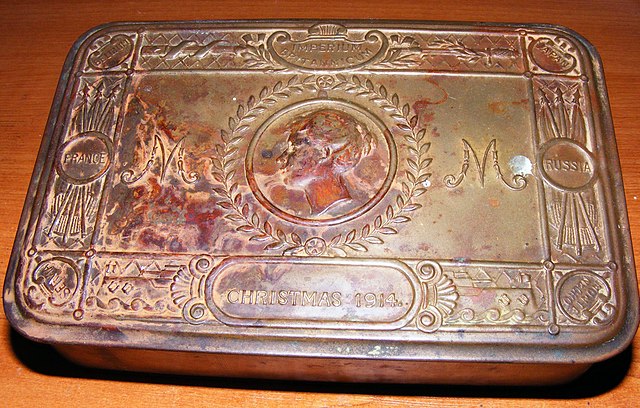
Despite the overwhelming success of Princess Mary’s fundraising and the thoughtful selection of gifts, the Gift Fund had its share of challenges, particularly with supply shortages. The scarcity of brass, which was crucial to the manufacturing of the gift boxes, was the most pressing and was made even more so by the sinking of RMS Lusitania in May 1915, which had 45 tons of the metal aboard.
The shortage of tinder lighters also highlighted the difficulties of wartime logistics. By the end of the First World War, these had been replaced by other items that would be of use to troops on the Western Front, such as combs, tobacco pouches and shaving brushes.
Impact of the Princess Mary Gift Fund
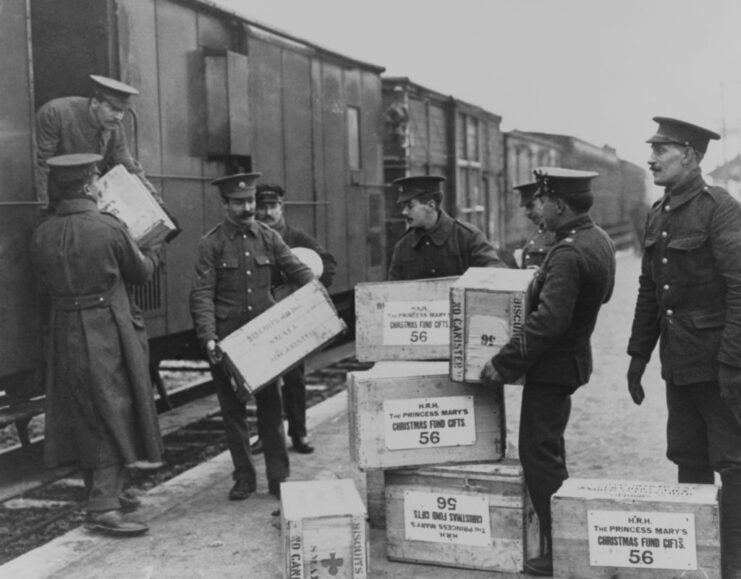
The Princess Mary Gift Fund is a reminder of the power of kindness and community spirit during times of adversity. The success of the crowdfunded project not only brought joy to countless soldiers, but also demonstrated Britain’s collective support for those fighting for their freedom.
More from us: The Little-Known Grand Stand of the ‘First Soldier of France’
Today, modern reproductions of these brass boxes exist – although, they’re made of a thinner brass and aren’t airtight like the originals. That being said, they serve as a testament to Mary’s act of generosity, reminding us of humanity’s capacity for both empathy and compassion, even in the darkest of times.
